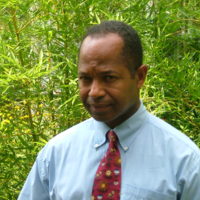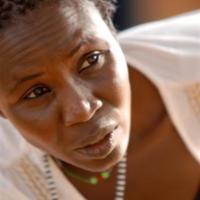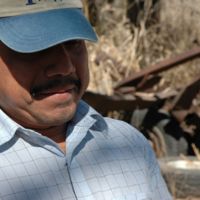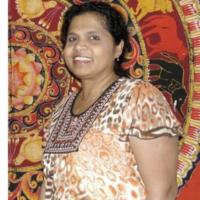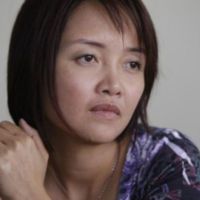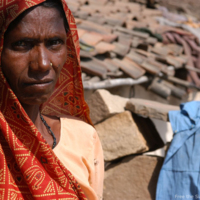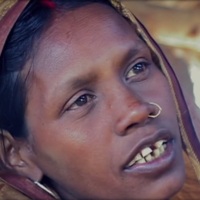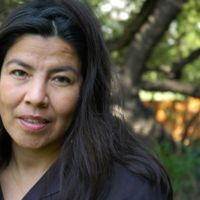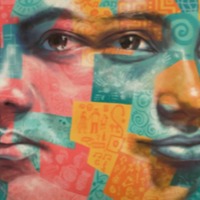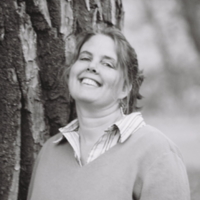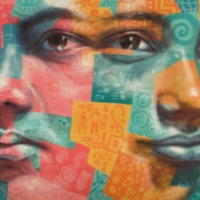
I was enslaved when I was about four years old. I am a Muslim. When the murahaleen raiders came, they moved through the forest. I had been looking after goats and was ringing them back home.
After being captured, I was taken to a cattle camp at Omdriss. I couldn't escape. I didn't know where to go. I was captured with five other boys. Three of them were relatives. The other two were friends. We were all kept at Omdriss for about one year. Then they were scattered elsewhere. I remained in Omdriss. On the way to the North, two boys who were captured in Bako tried to escape. Their names were Bol and Garang. They were caught and had their throats cut right in front of us.
I had to walk the whole way to Omdriss. The Arabs beat me whenever I slowed down. All of us were boys, except for one lady, Ayak. Mahmoud Shegbebi was my master. He was the one that captured me. I had to look after his cows and goats. I stayed in the cattle camps. When it rained I slept under Mahmoud's shelter. Otherwise, I slept outside. Mahmoud had two other Dinka slaves, Dut and Akech. Akech was given to Mahmoud's brother Adam. They are still with their masters. They were all older than me.
The worst thing about slavery was getting sick. Even then I had to work hard. There was no rest and no money. I had to call Mahmoud “father.” But I still remember my mother and father. Mahmoud said: “You are my son and must go to Koranic school.” I was in Koranic school for one month. After that, I had lessons from a fekki in the cattle camps. I was taught that Dinka people were bad infidels. Mahmoud said: “A dog is better than an infidel.” This made me feel bad. I knew I was a Dinka. Mahmoud sent me away with nothing other than what I am wearing.
I have already seen my Uncle Yai Magok since I've been here. He has given me some food.
Narrative provided by Christian Solidarity International
